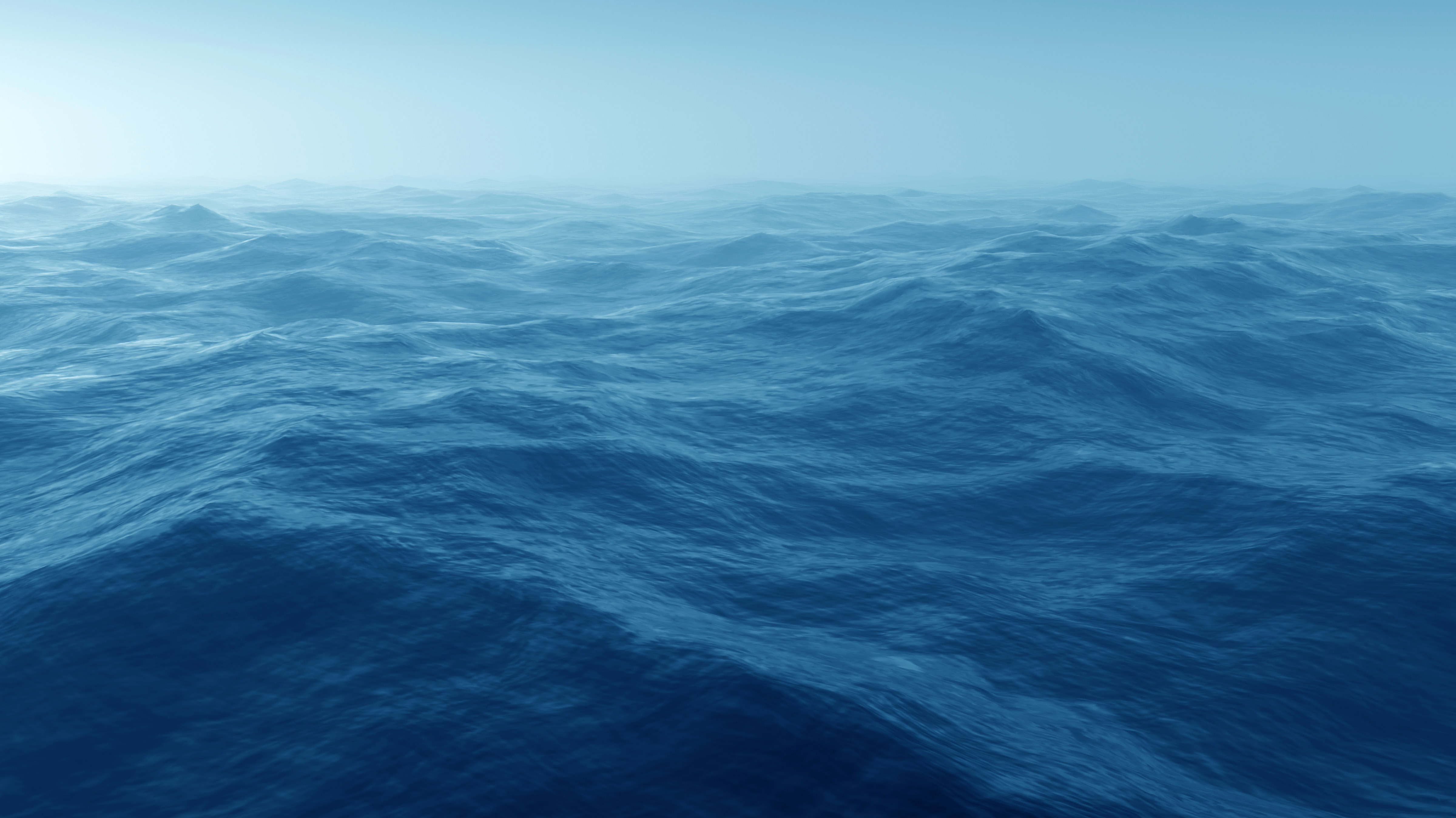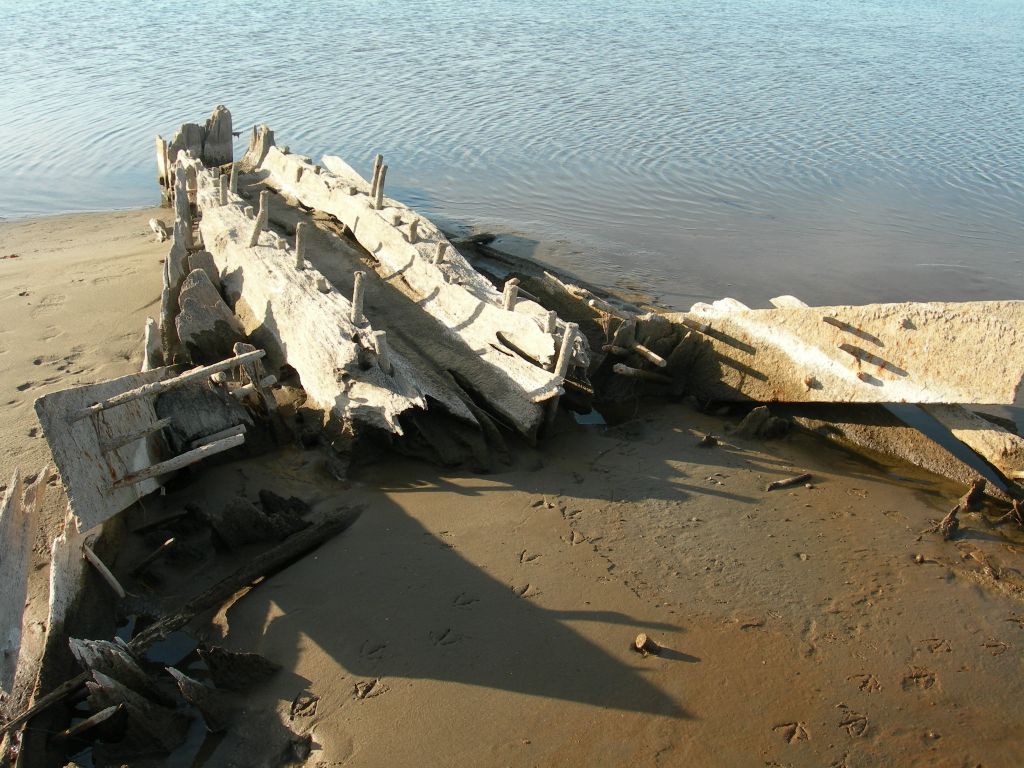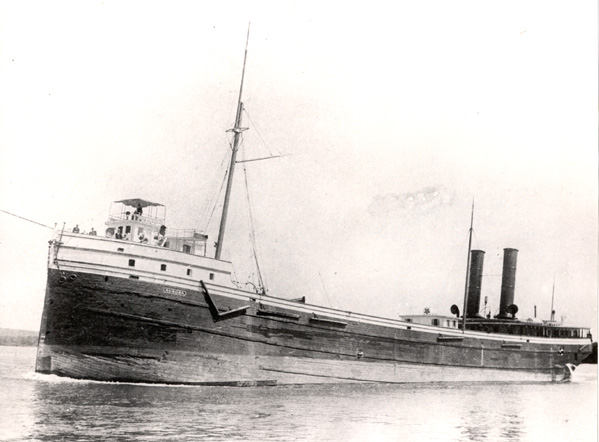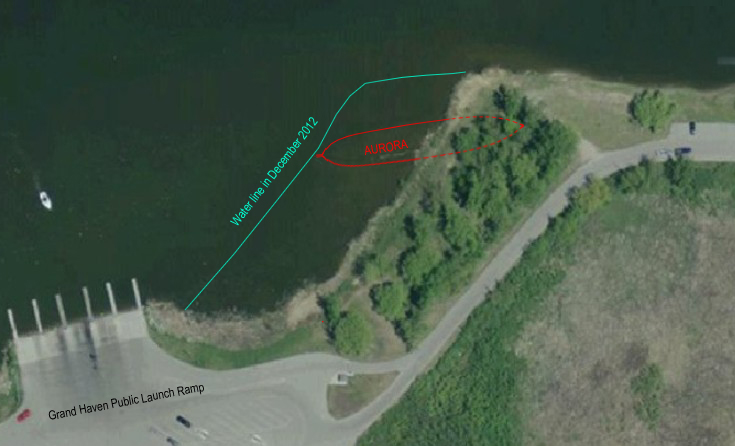Low lake levels in the fall of 2012 resulted in the exposure of at least five shipwreck hulks along the edges of Harbor Island in Grand Haven, Michigan. Michigan Shipwreck Research Associates was called in to survey and identify the vessels, in particular, the largest located just east of the public launch ramp on the island first spotted by area residents Bill and Shirley Martinus.
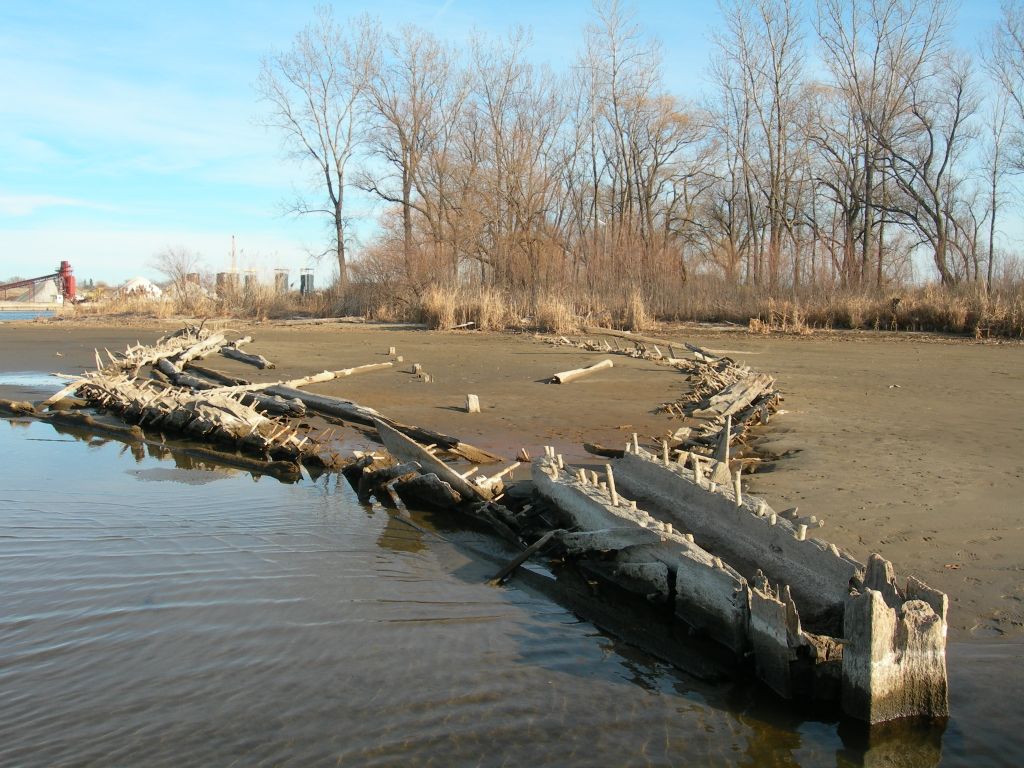
The entire outline of the Aurora’s hull could be seen in January 2013
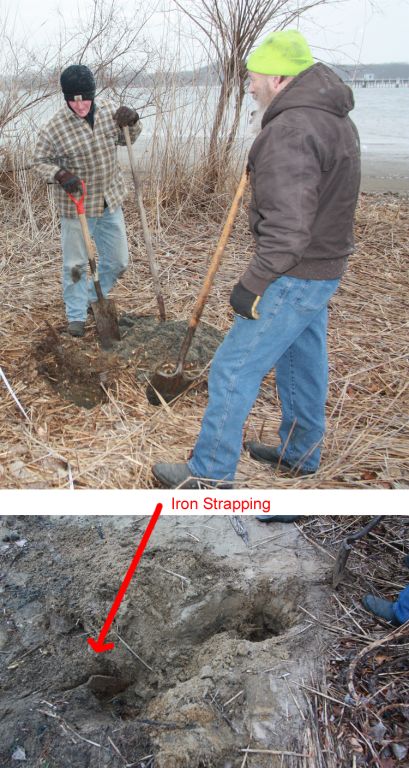 On Friday December 7, 2012, MSRA board directors Valerie Van Heest and Craig Rich, teamed up with Kenneth Pott, a maritime archaeologist and director of the Tri-Cities historical Museum in Grand Haven to survey the larger wreck.
On Friday December 7, 2012, MSRA board directors Valerie Van Heest and Craig Rich, teamed up with Kenneth Pott, a maritime archaeologist and director of the Tri-Cities historical Museum in Grand Haven to survey the larger wreck.
Study of the hull construction, exposed propeller shaft cradle at the stern and exposed sides of the vessel led them to initially conclude that the vessel was a large steamer 40 feet wide and at least 165 feet in length, though an additional amount forward toward the bow end appeared buried.
Van Heest, Rich, and Pott worked with historian William Lafferty, of Lafferty van Heest and Associates, who narrowed it down to two possibilities: the 185-foot L. L. Barth abandoned at Grand Haven in 1927 or a significantly larger vessel, the 290-foot Aurora, burned in 1932.
A survey east of the visible portions of the wreck conducted by Valerie and Jack Van Heest, Craig Rich and Larry Hatcher of MSRA on Sunday December 12, revealed a structure well over 200 feet long, and led the team to conclude that the vessel is the Aurora.
“The Aurora was a very significant ship when built in 1887,” Van Heest indicated, “and it’s thrilling to be able to study its remains now.”
When launched by the Murphy and Miller of Cleveland on August 23, 1887, the 290-foot, steam-driven propeller was the largest and most powerfully built wooden vessel on the Great Lakes. The 3000-ton vessel was initially owned by John Corrigan of the Aurora Mining Company of Milwaukee which paid $150,000 for its construction. It was used to ship iron ore from the Gogebic Range Ironwood, Michigan, to Cleveland and coal from Cleveland on the return trip.
“Not only did the length lead to our likely identification of the vessel, but the visible portions of the hull framing supported that notion as well.” Kenneth Pott indicated.
According to records detailing its build, the Aurora was constructed with Kentucky Oak. Frames were spaced on 21” centers 18 inches wide. Iron straps 5” wide by ¼” thick were hot riveted into the hull and bent around the turn of the bilge. The firm Bassett & Presley, of Cleveland, supplied the iron.
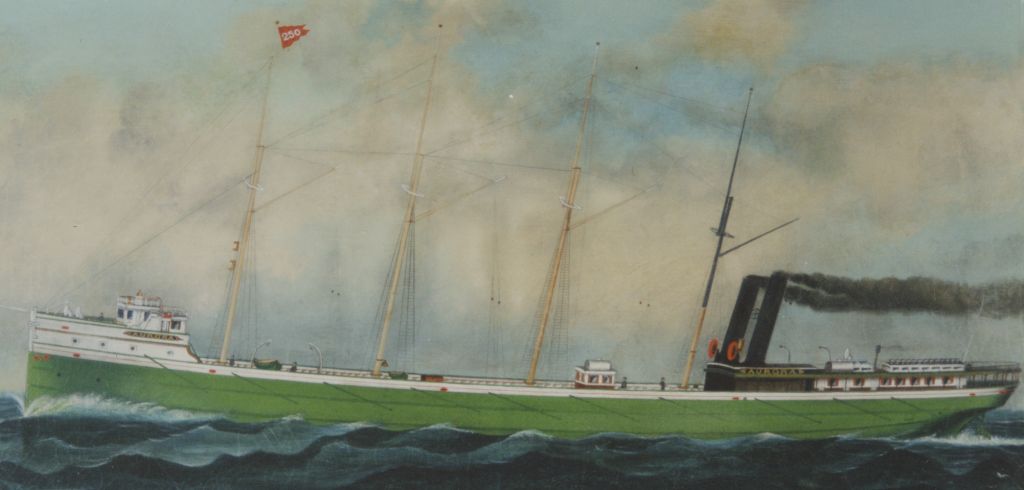
Looking sleek and fast in a contemporary painting
At the time of the Aurora’s build, ironed-hull ships were still in their infancy. The technology of using iron straps allowed the builders to fabricate this immense ship with wood.“It is fascinating to be able to see this unique construction methodology in the flesh so to speak,” Rich noted.Frame sizes and remaining iron strapping on the wreck are consistent with this information, forming, along with the dimensions, a nearly positive conclusion as to the identity.
On December 12, 1898, the Aurora burned to the water line at Bois Blanc in Detroit River where it had been fast in ice for several days. The owners chose to rebuild the 11 year old vessel into a barge to be towed, spending $50,000 in the rebuild. In that capacity, the barge changed hands several times, eventually, coming under the ownership of the Morton Salt Company in 1916. The company laid up the vessel upon the downturn in the economy in 1927 and it was towed to Grand Haven and eventually burned in 1932, its remains left in shallow water on the north side of Harbor Island to rot, an inglorious ending to a long and significant career.
Erosion of the Grand River since 1932 is evident with the discovery. “After the fire, river sediments built up over the forward half of the vessel, eventually several trees and marsh shrubs sprouted over the wreck and the river course shifted.” Van Heest pointed out. “The current environmental changes revealed the portion that had only been covered with water.”
Coincident to this discovery, the Aurora is included in Van Heest’s latest book, Lost & Found: Legendary Shipwrecks of Great Lakes for its role in November 1898 towing the David Dows, the largest schooner on the Great Lakes, on what would be the Dows last voyage. The Aurora was forced, because of a storm, to abandon the Dows. It sank a few hours later.
